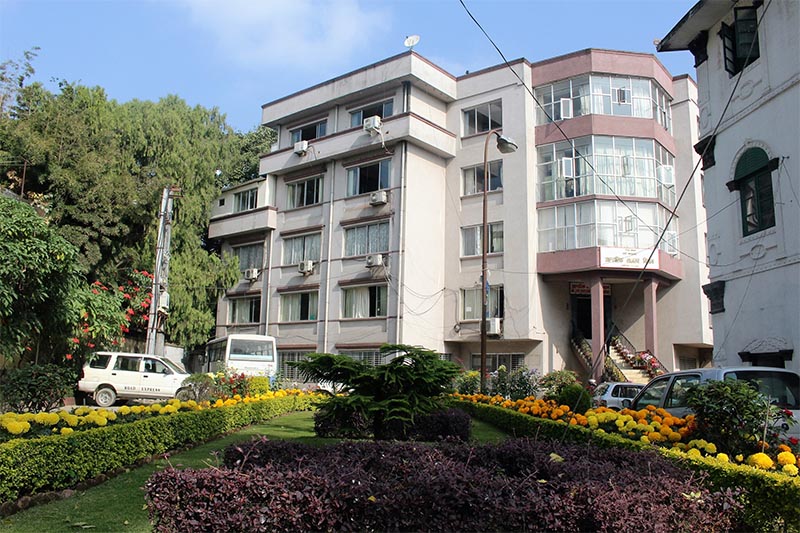Govt apathy affects VAT collection
Kathmandu, January 31
Following continuous shortfall of Value Added Tax (VAT) against the set target, the Inland Revenue Department (IRD) had introduced a system to track the computerised billing system of vendors with the centralised server of the tax administration from National Tax Day, November 17.
The IRD had executed this system in hotels and automobiles under the large taxpayers’ office (LTO), with plans to encompass the taxpayers registered under VAT net to properly enforce the billing system.
However, the tax administration has been slow in implementing its plans.
According to Yagya Dhungel, deputy director general of IRD, this system will be executed gradually. Currently, the central server of the IRD automatically stores the bills issued by the auto dealers and big hotels.
Reportedly, even the bills generated offline are automatically updated in the IRD server once the issuer goes online. However, the merchant or service provider cannot change the content of the bill issued through the software, as per IRD officials.
Currently, there are around 176,000 taxpayers in the VAT net but around 35 per cent are non-filers, meaning that they do not file VAT.
Those registered in VAT that do not meet the annual transaction threshold of Rs five million for goods and Rs two million in services are not liable to collect VAT, but they can collect VAT voluntarily. As per Dhungel, those who have less transaction than the given threshold normally do not collect VAT although they are registered under VAT.
VAT remains the largest source of indirect tax and the major contributor to the government revenue. Among around 65 per cent of taxpayers that do file their VAT details, almost 11 per cent are zero filers, meaning they show transactions below the given threshold.
Around 40 per cent are credit filers, as per IRD. Credit filers are those vendors that show they have imported goods, but have not sold it.
As VAT is levied at the consumer end, the merchant is liable to submit VAT only when it sells the product to the consumer. However, it is probable that a large chunk of taxpayers do not submit VAT to the government despite collecting it from the consumer end. Hence, only around 14 per cent taxpayers file VAT after collecting it from the consumers.
Against this backdrop, the government had introduced the new system to control the mismatch in billing so that the firms file actual VAT collected from consumers.
Due to rampant under-invoicing at the customs point, the government has been losing revenue under VAT as well.
But once a trader is successful in declaring low price of the goods, he or she can reap multiple benefits from it.
Firstly, the customs tariff will be low. Secondly, they will be obliged to submit VAT in
accordance to the price of goods declared at the customs point despite collecting VAT on the actual bill amount of the product from the customers.
Due to lack of effective market monitoring and execution of the system, the level playing field in the market is being distorted, while at the same time consumers are getting hit hard and government is also losing the revenue.






